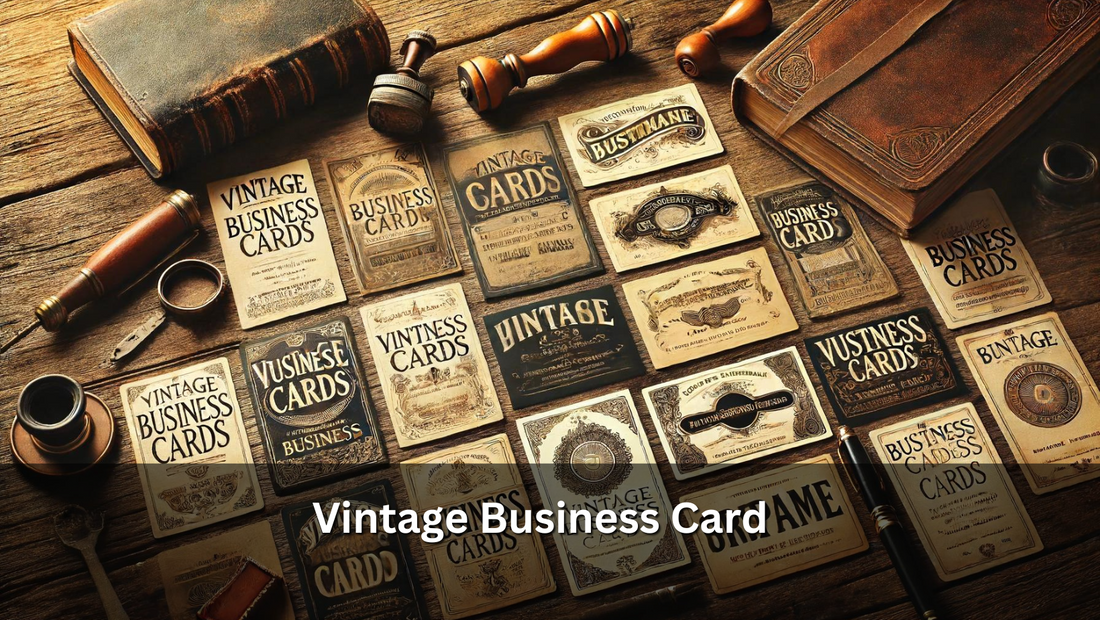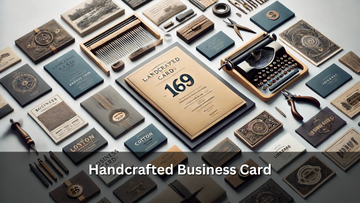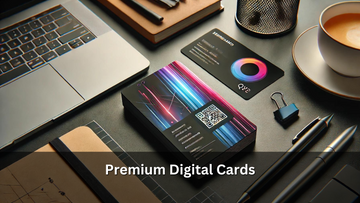Vintage Business Card

The Allure of Vintage Style Business Cards
In a world dominated by digital communication, vintage style business cards offer a nostalgic and impactful way to make a lasting impression. These cards evoke the charm and elegance of a bygone era while providing a unique and personal touch in professional networking. This article delves into the appeal of vintage style business cards, their distinctive features, and how they can enhance your brand identity.
The Timeless Charm of Vintage Design
Vintage style business cards draw inspiration from design elements and printing techniques of the past. They often feature classic typography, ornate borders, and muted color palettes reminiscent of the early 20th century. This timeless charm sets them apart from modern, mass-produced business cards, making them memorable and distinctive.
Classic Typography: One of the hallmarks of vintage business cards is the use of elegant, serif fonts that harken back to the early days of print. These fonts add a touch of sophistication and readability that modern sans-serif fonts often lack.
Ornate Borders and Patterns: Vintage cards frequently incorporate intricate borders and patterns, adding to their decorative appeal. These elements can be inspired by Art Deco, Victorian, or Art Nouveau styles, each bringing its unique flair.
Muted Color Palettes: Unlike the bright and bold colors of contemporary designs, vintage business cards often use softer, muted tones. Earthy browns, deep blues, and antique whites are common choices, lending a sense of warmth and nostalgia.
Materials and Printing Techniques
The materials and printing techniques used in creating vintage style business cards play a crucial role in their overall appeal. Traditional methods such as letterpress, foil stamping, and embossing are often employed to achieve the desired look and feel.
Letterpress Printing: This technique involves pressing inked type onto paper, creating a textured, debossed effect. The tactile quality of letterpress printing adds a layer of sophistication and authenticity to vintage business cards.
Foil Stamping: Foil stamping uses heat and pressure to apply metallic foil to the card, resulting in a shiny, eye-catching effect. This method is perfect for adding a touch of luxury and elegance to vintage designs.
Embossing and Debossing: These techniques create raised or recessed designs on the card, adding a three-dimensional aspect that enhances the tactile experience. Embossing and debossing are often used to highlight logos or key text elements.
High-Quality Materials: Vintage business cards are typically printed on thick, textured paper or cardstock, which adds to their durability and premium feel. Recycled paper or cotton paper are popular choices, providing an eco-friendly option that aligns with the vintage aesthetic.
The Impact on Brand Identity
Incorporating vintage style business cards into your brand identity can have a significant impact on how your business is perceived. These cards convey a sense of tradition, quality, and attention to detail, which can be particularly appealing in certain industries.
Conveying Trust and Reliability: The classic design elements and traditional printing techniques used in vintage business cards suggest a commitment to quality and craftsmanship. This can help build trust and reliability with clients and partners.
Standing Out in a Digital Age: In an era where digital communication is ubiquitous, a beautifully crafted vintage business card can make a memorable impression. The tactile experience of handling a well-made card can create a lasting connection that digital interactions often lack.
Aligning with Niche Markets: Vintage business cards are particularly well-suited for businesses that emphasize heritage, craftsmanship, and tradition. This includes industries such as artisanal goods, bespoke services, and heritage brands.
Modern Twists on Vintage Designs
While traditional elements are central to vintage business cards, modern designers often incorporate contemporary touches to create a unique blend of old and new. This approach can make vintage cards even more appealing to a broader audience.
Mixing Typography Styles: Combining classic serif fonts with modern sans-serif fonts can create a dynamic and visually interesting design. This blend of old and new adds a contemporary twist to vintage aesthetics.
Incorporating Modern Layouts: While vintage designs often follow traditional layouts, modern variations can include unconventional arrangements and negative space to create a more updated look.
Using Sustainable Materials: The modern emphasis on sustainability can be integrated into vintage designs by using eco-friendly materials such as recycled or biodegradable paper. This combination of vintage style and modern values resonates with environmentally conscious consumers.
Conclusion
Vintage style business cards offer a unique and memorable way to convey your brand's identity. By combining classic design elements, traditional printing techniques, and high-quality materials, these cards stand out in a crowded marketplace. Whether you're looking to evoke a sense of nostalgia or align your brand with values of craftsmanship and quality, vintage business cards are a timeless choice that can leave a lasting impression.
We at NFC Tagify provide all sort of NFC Solutions or you may contact us: Tel. 01600800080, Email: info@nfctagify.com









